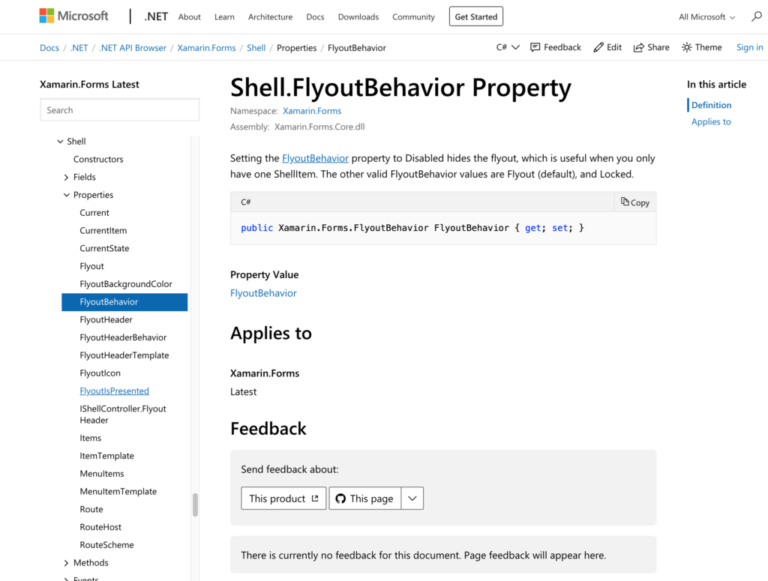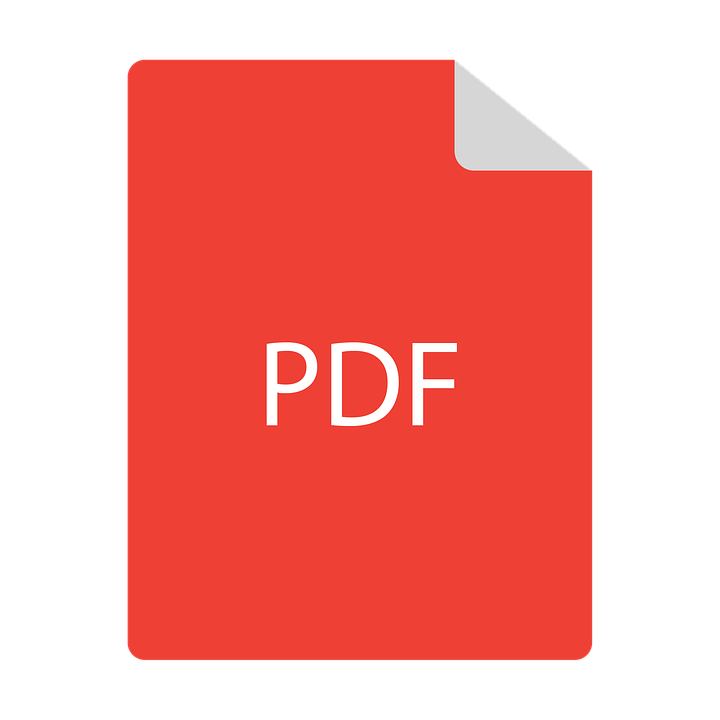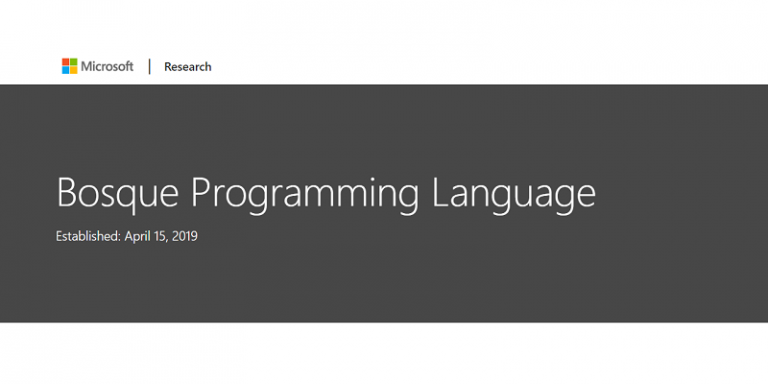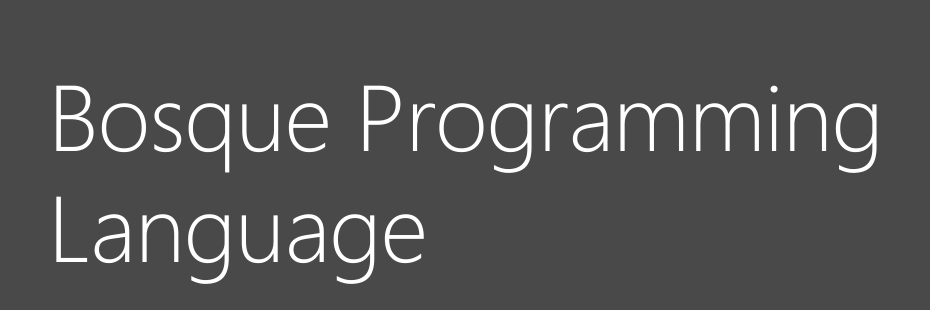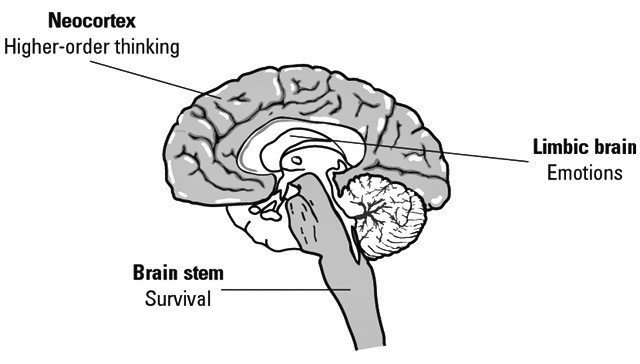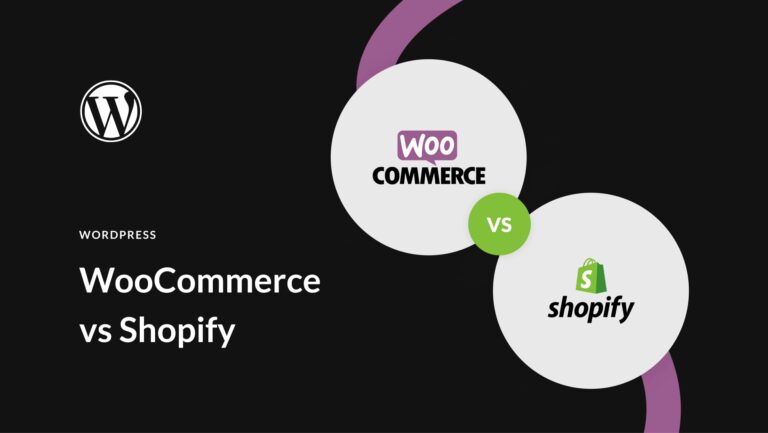When is the last time you remember taking action on something you saw online?
What was it that enticed you to buy software, register for a newsletter, or donate to a cause?
Was it the emotional banner image?
How about the fancy animations?
Perhaps the words on the landing page?
It’s a trick question.
Everything played a part—from the basics of human psychology to the copy on the buttons. Building a content experience that compels people to take action is a holistic process. It requires the contributions of designers, writers, engineers, marketers, and strategists to create something that inspires you to take action.
But when you’re finally ready to cross the bridge from considering to deciding, it’s often the message that moves you.
In the digital marketing world conversion is king. One way to maximize impact is to optimize your website’s copy for conversions, also known as conversion rate optimization (CRO).
For marketers, understanding the value of conversion copywriting presents a huge opportunity. According to an Econsultancy report, only about 22% of businesses are satisfied with their online conversion rates.
We’re always learning how to write better, too. We’ve seen well-crafted words help our clients, but I wanted to dive deeper into the art and science behind conversion copy—what it really is, why it works, and how to do it well.
So I interviewed some conversion copywriting experts to get their perspective.
Let’s dive in.
What is conversion copywriting?
Conversion copywriter and consultant Joel Klettke says that “Conversion copy is a deliberate data-driven attempt to write something that gets people to take action.”
The term “copywriting” on its own can mean different things depending on the context. Some copywriters write advertisements. Some copywriters write web copy. Some copywriters write email campaigns and funnels.
The types of copy can be distinguished in two ways. The intention and the process.
The intent gets at what your goal is with your copy.
The process pertains to how you go about writing it.
“The difference [with conversion copywriting] is in the process: It gives the business owner so much insight into their own process, and customers, too,” says Sara Frandina, a conversion copywriter with Sara Frandina Strategies.
Skilled conversion copywriters are highly valued because the process of doing it well can be intricate and time-consuming. Fortunately, when done right, it can have an immediate impact on ROI.
What motivates our behavior online?
Let’s take a half-step back and talk about what’s going on in our brains when engaging with a website.
When looking at what motivates people’s behavior online, Web Psychologist Nathalie Nahai suggests using the “Three Brain Model” to categorize and understand the influences different types of information might have. This includes the primal system, emotional system, and rational system.
The primal system (or reptilian brain) is concerned with survival and maintenance. On the web, this relates to things like the imagery of food, subtle sexual cues, and indicators of scarcity. For example, the microcopy on an airline checkout page that tells us “only 4 seats left” activates our primal system.

The emotional system (or limbic brain) is concerned with principles like empathy, or storytelling. On the web, this explains why we’re drawn to images or faces, or respond well to a compelling narrative. Brands like Lokai integrated their story directly with their product design and give 10% of net profits to their charity partners. This approach appeals to our emotional system.
Finally, the rational system (or neocortex) is the most evolved part of our brain. It’s concerned with logic, language, and things like processing abstract thought. On the web, this relates to product features, benefits, and other evidence for decision-making.
“We all like to think that we make our decisions rationally. But there’s a huge amount of evidence that suggests that emotion is at the base of decision making. When we look at persuasive arguments, what we’re actually doing is post-rationalizing the decisions we’ve already made at a primal and emotional level,” says Nahai.
Why does this matter for conversion copywriting?
When done well, conversion copywriting reaches all three systems on some level. It can arouse interests with an understanding of basic needs (primal), appeal to emotions by addressing genuine frustrations (emotional), and address the inner skeptic with convincing language (rational).
What should you consider to write effective conversion copy?
Tweaking your website copy for CRO isn’t one-dimensional. Multiple elements go into doing it right.
“You can’t do this stuff in a vacuum. It’s not about changing button colors, and copying and pasting formulas you found on a website. It’s a process. And you have to fall in love with the process. It’s not black magic, there’s a science and a rationale behind it, but there’s still room for creativity,” says Klettke.
Here are some things to consider to write effective conversion copy.
1. Audience
With any business strategy, you have to begin with your target audience in mind. Everything you do should be aimed at improving their experience.
Former Illinois Governor Adlai E. Stevensen, Jr. said that “understanding human needs is half the job of meeting them.”
Specifically, conversion copy should be focused on understanding the pains, gains, hopes, dreams, anxieties, and frustrations that your audience is experiencing. First, you need to show that you can understand and empathize with their experience. Then, you can identify how you can help them.

“You need to be as detailed as possible. What’s their burning pain or desire that consumes them now?”, says Joe Choi, a direct response copywriter, and marketer. “What’s the unspoken question behind that, and how can you help them answer that? For example, a job seeker might wonder why they’re not getting an offer. They have a resume, cover letter, they’re going on interviews. They’re doing everything right in their mind. Do you have something that can help them?”
The better you understand your audience, the better chances you’ll have at conversions.
2. Research
Every writer I spoke to emphasized the importance of customer research. It’s the secret sauce to any effective writing you’ll find on the web.
Copyhackers founder Joanna Wiebe would agree. In her process, she says, “We begin with research and discovery all the time. This tends to be the biggest part of the work, and if it’s not the biggest part of the work, 99% of the time it means you’re doing it wrong.
There are two types of research: qualitative and quantitative.
Qualitative research (soft data) might include things like surveys, social media, user interviews, or chat logs.
“The main thing you’re doing when you collect qualitative data is looking for patterns in the way people describe their pain points, needs, and anxieties in their own words. You’re looking for trends in the language they use, what’s most commonly talked about, and what’s communicated as a high priority,” says Klettke.
You’d be amazed at the insights you can find talking to your customer service teams. I’d guess the solution to all Comcast’s customer experience issues is somewhere in the call transcripts.
Quantitative research (hard data) could include digging into Google Analytics, SEO tools like Ahrefs or SEMRush, Hotjar, or email marketing open and read rates.
In some ways, it’s more analytical and open to interpretation.
The combination of these data points leads to a more comprehensive understanding of who your audience is and how they’re talking about your brand.
3. Tone and Voice
Many brands and organizations are strategic in thinking about how they talk to their customers.
When writing conversion copy, striking a tone that resonates is key to making a connection.
But there’s a delicate balance. Some organizations worry about coming off too “salesy”. For example, a non-profit or university asking for donations might be hesitant to be direct.
It’s fair, but it’s not entirely valid.
“People worry about it more than they probably should,” says Frandina. “Lots of people feel like conversion copy can be really sleazy — but if you use that voice of customer data — it doesn’t mean you have to sacrifice your brand voice.”
In other words, if you’re speaking to your audience in a way that genuinely resonates, and what you offer aligns with their emotional brain, your message has a good chance of getting through.
Choi offers a suggestion on how we can do this in practice:
“Write as yourself and then go back and edit it. Things get done faster when you’re not constantly thinking about how you’re supposed to write. Keep a tally of words that keep coming up — how people describe their day to day life, their struggles, etc — build a keyword bank for that. Again, that’s why research is so important. Then go back and edit with those words.”
4. Context
Prospective customers find your brand at various stages. Generally, you can imagine the three stages being awareness, consideration, and decision.
At each stage, the work that has to be done to move them closer to conversion changes. That means the way you write has to change, too.
Let’s use “being sick” as an analogy. In the Awareness stage, you might be thinking, “I have a sore throat, fever and I’m achy all over. What’s wrong with me?” That might lead you to different resources than already knowing you’re sick and are looking for ways to get better.
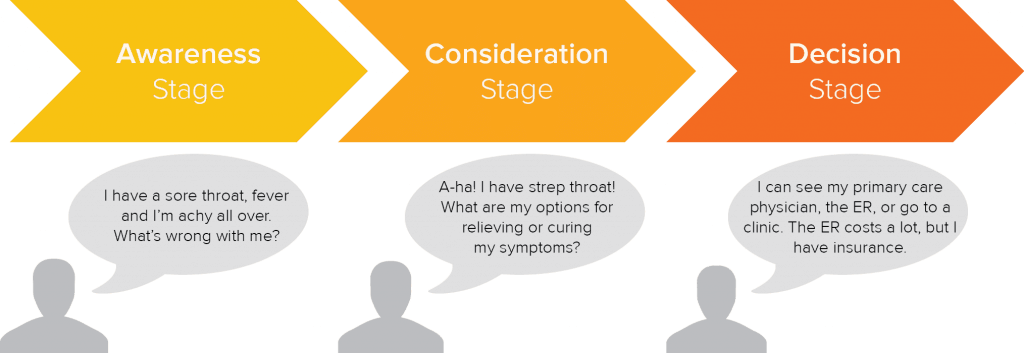
These days, our first touch point with a brand isn’t necessarily the homepage. Sometimes it’s a blog post with a call-to-action. Sometimes it’s a long-form sales letter.
The depth of information should be tailored specifically to the page, and the presumed understanding of your audience.
Conversion optimization expert Talia Wolf says, “Knowing where your potential customer is on her journey helps you to gauge what she will most likely respond favorably to, so she feels comfortable taking the next step.”
5. Design
Copy and design have to work together. There’s no way around it.
But in practice, there’s often a struggle to figure out which one comes first.
Unsurprisingly, when it comes to conversion copywriting, the writing should drive the design.
“Writing copy and fitting it into the design is like drawing all the pictures and trying to write the story. You’ve now forced the writer to try to cram the message into a box it wasn’t made for,” says Frandina.
Good copywriters should be concerned about how the words on the page will be presented, too. “You don’t necessarily have to be a UX designer, but you need to have a good understanding of how copy and design interplay and consider that how they’re presented will influence somebody taking an action,” says Klettke.
At Clique, our interdisciplinary approach weaves together content strategy, user experience, engineering, and content marketing as a single discipline. That means our content team is involved in the wireframing process and structuring the words on the page from the very beginning.
Is that more challenging? Yes. But wireframing with the copy in mind inevitably yields better outcomes.
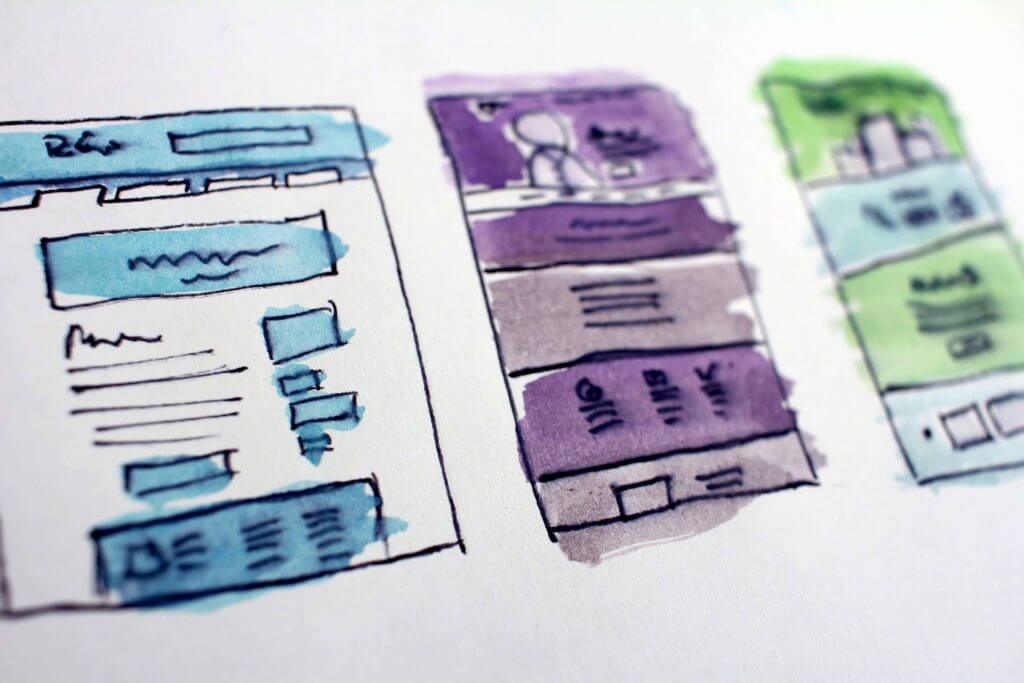
For designers, working with real copy helps them bring pages to life in a way they couldn’t with Lorem Ipsum. By adding context to the sitemap, they can better present users with the information they’re looking for.
6. Testing
One of the benefits of conversion copy is that you can always improve it.
Testing headlines, call-to-actions, or the body copy of a specific section is how to continually refine it.
“Don’t be afraid to get crazy. As long as it resonates with your audience’s desires, and you can support your claims, then it’s fair game. Now, not everyone is comfortable running outrageous headlines or copy. But I think it’s easier to push something to the limit, then dial it back,” says Choi.
But regardless of your research, the writing might flop. And that’s okay.
Klettke suggests we anticipate failure as part of the process. We can’t always stick the landing on the first attempt. But committing to the process of testing and refining your copy will pay dividends in the long run.
How can you improve your conversion copywriting today?
1. Invest in research
The first thing is to invest in understanding your audience better. Even if you’re starting with no money and no customers, you can learn more about your audience and what matters to them.
If you’re starting from scratch, Wiebe suggests a method called Amazon Review Mining to understand what people want, and what frustrates them in their own words.
- Identify books (or products) that relate to the problem you solve
- Read the reviews and track “memorable phrases”, “what people want”, and “what frustrates them”
- See what messages resonate most and use it in your copy
2. Get better at asking questions
I asked everyone I interviewed what their “secret sauce” was to improve their conversion copy. Everyone said some version of, “the magic is in the method.”
I’m really good at asking the right questions of my clients, their clients or their prospects. And then curating the best stuff from the interviews. Things that resonate best with clients and their audiences usually come straight from their mouths,” says Frandina.
Keeping your questions open-ended, asking thoughtful follow-ups, and getting into specifics will help elicit useful responses.
In conclusion
If you want to optimize your website for conversions, you’ve got to make sure the language is on point.
To do that well, you can start with these four key things:
- Invest in research to better understand your audience
- Empathize with their pains, gains, hopes, and dreams — in their own words
- Work in tandem with your design team to amplify the right messages
- Test. Learn. Optimize. Repeat.
Remember, you’re not creating all this content, building these great products, or supporting these worthwhile causes only to have them ignored.
You’re trying to make an impact after all, right?
Check out these additional resources to help improve your conversion copy


